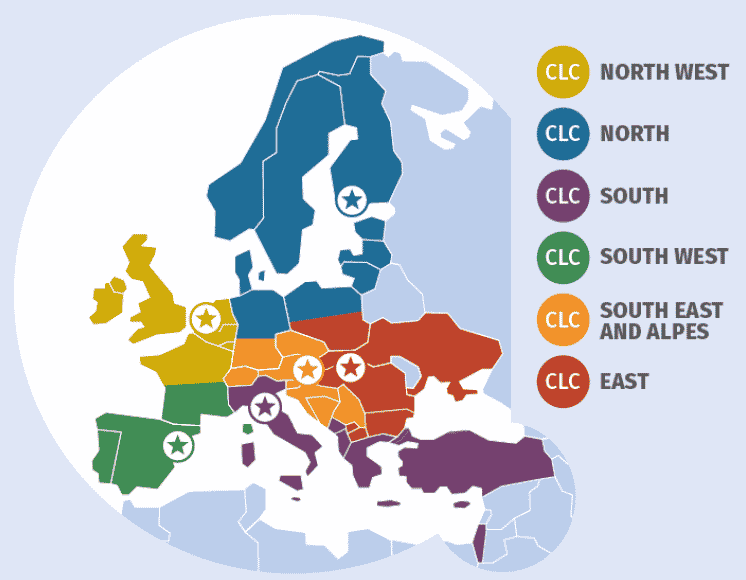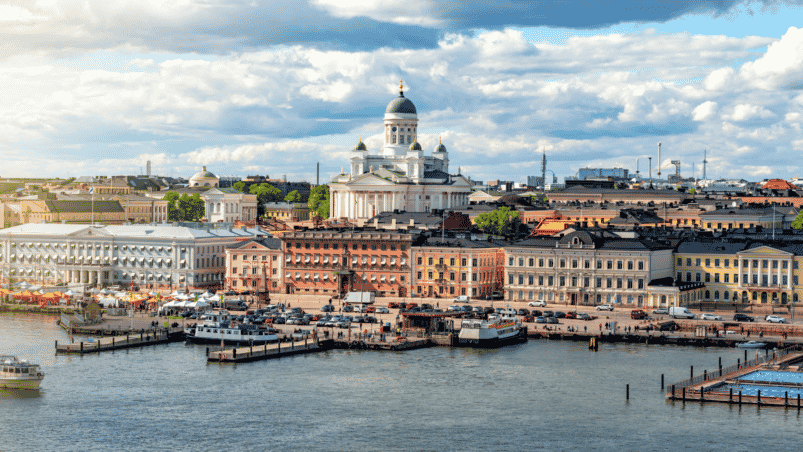The European Institute of Innovation and Technology (EIT) recently announced a multi-million Knowledge and Innovation Community for culture and creativity. The so-called EIT Culture & Creativity track aims to ‘strengthen and transform’ the cultural and creative sectors in Europe. The new pan-European partnership expects to split approximately €300 million of EIT funding under Horizon Europe, an EIT press release revealed.
Investment in the cultural and creative sector is certainly welcome, especially after the difficulties since the pandemic. According to the EIT the cultural and creative sectors employ 7.6 million people across the continent. However, during the pandemic, the sectors lost almost €200 billion in revenue. Earlier reports on struggling museums illustrate the difficulties and the need for more investment.
The main goal is to not only help the sector recover from COVID-19 effects but also invest money to attract creatives and innovators to ‘strengthen innovation and power Europe’s green and digital transformation.’ The winning bid aims to do this by increasing multidisciplinary collaborations of higher education leaders with creative industry economics, to educate businesspeople, artists and designers.
Competition winners
The EIT, an agency from the European Union, started to organise the investment process by launching a call of proposals last October. The winning application turned out to be the ICE consortium (Innovation by Creative Economy) network. It features 50 partners from over 20 countries. Well-known partners include Fraunhofer-Gesellschaft (lead coordinator), Philips Design, Tartu University, the European Broadcasting Union, and Junior Achievement Bulgaria, amongst others.
To kick things off, the partnership can count on a €6 million start-up fund to make sure the launch phase goes smoothly for those involved. The ICE should be fully operational by January 2024, while still receiving funds to remain operational. After 10 to 15 years, the partnership hopes to attract public and private investors to become ‘financially sustainable’.
Pan-European coverage

To make sure interested creatives and innovators across the entire continent have access to the ICE partnership, six so-called Co-Location Centers (CLC) will be set up in Amsterdam, Helsinki, Bologna, Barcelona, Vienna and Kosice. These cities will function as hubs for certain areas in Europe, as shown in the picture.
Instead of remaining rather vague about their goals for the future, which is not uncommon for large European projects, the EIT Culture and Creativity has put down a few strategies.
One of the focus points is the education of creatives within the sector and attracting outside knowledge which can be very useful when it comes to marketing or green and technological innovations. This means that the program will have 1,500 graduates from EIT-labelled courses, 44,000 skilled professionals, 400 tested innovations and 150 marketed innovations.
The network should also keep growing according to the plan for the upcoming years. Around 1,100 organisations should receive support to expand, while €80 million should be invested in 200 start-ups.
Capitalising on culture
The ambitious plans are clear and laid out, while the funds to do so are available as well. European Commission Mariya Gabriel was pleased that the program will try to innovate and capitalise on Europe’s diverse cultural ecosystem. “Culture is not only our common language, it also an innovating ecosystem”, she said. “I look forward to observing the growth of this sector’s innovators and start-ups under EIT’s innovative approach, which has had a significant impact on the lives of Europeans over the previous decade.”
Bernd Fesel, spokesperson for the winning ICE could not wait to start working on the partnership. “Our 50 Partners across 20 nations have bold and brave ideas for the role of innovation in these sectors and industries and we are very much looking forward to uniting and excelling creatives with Europe’s largest innovation ecosystem.”
Despite the sky-high ambitions and financial muscle power, it remains unclear whether there is a place for cultural heritage within these plans. Since there is little detail about what the ‘cultural and creative sector’ specifically is and what kind of industries are part of it, we can only wait and see what the consequences will be for heritage.
Source: EIT

